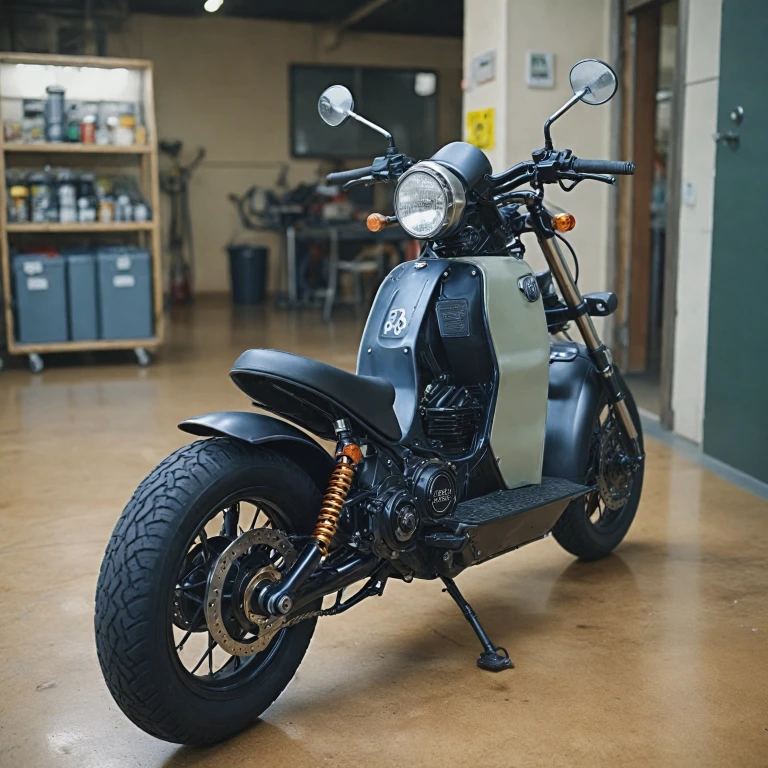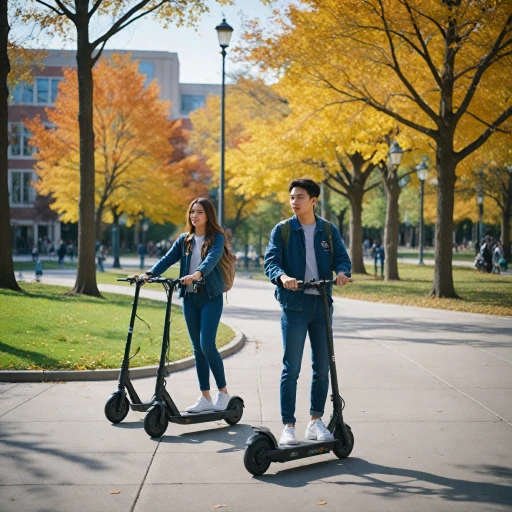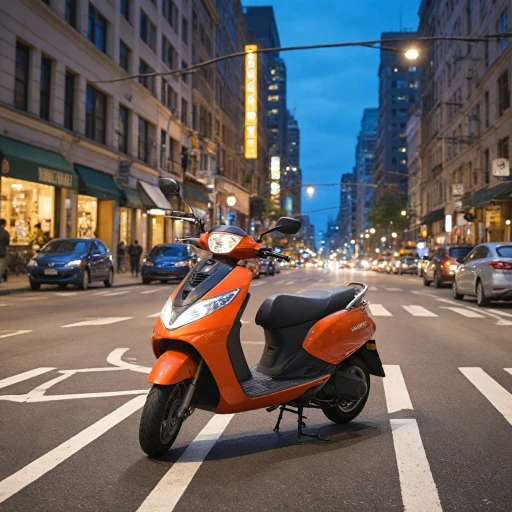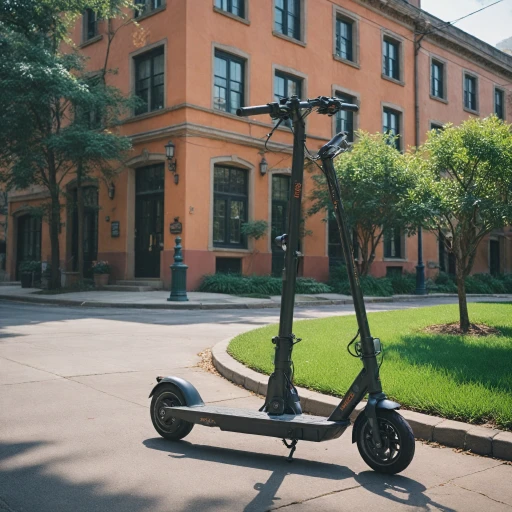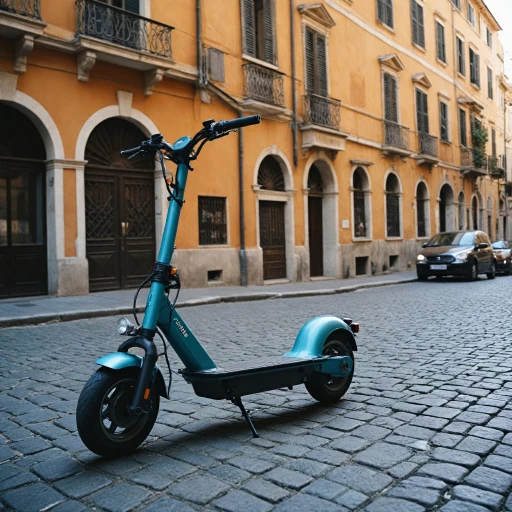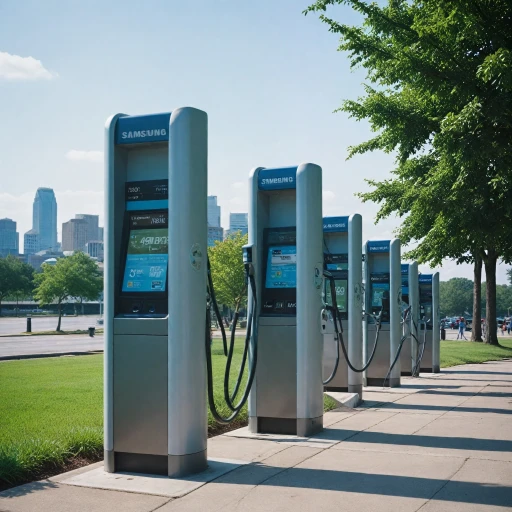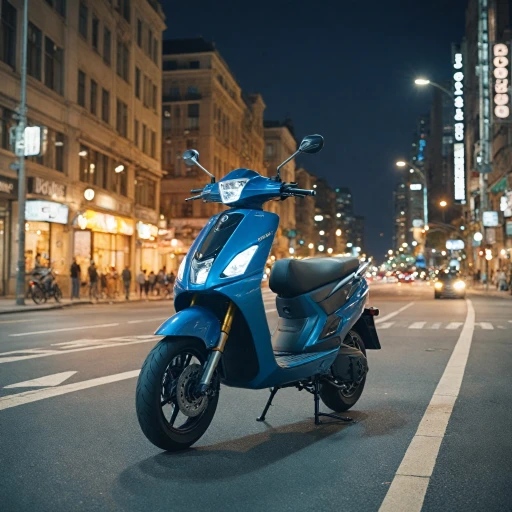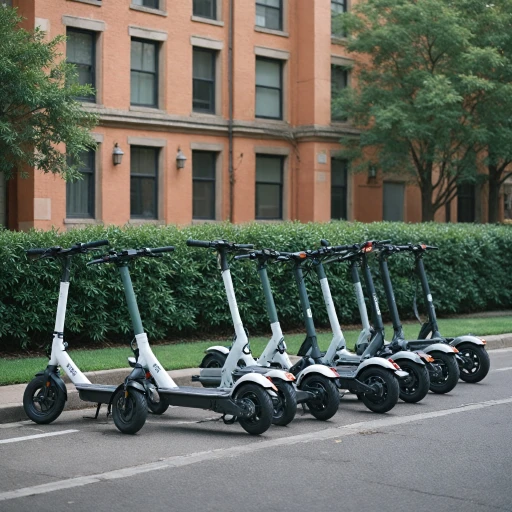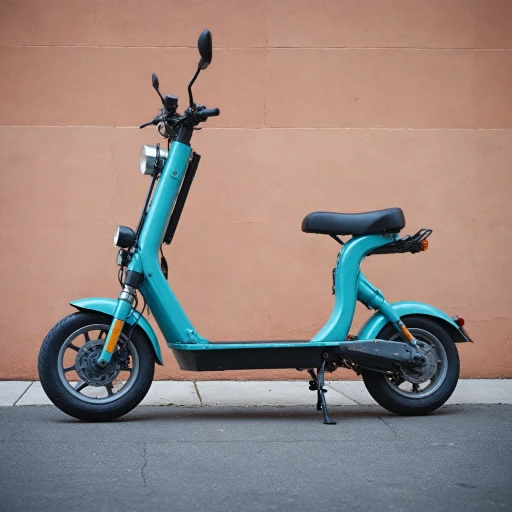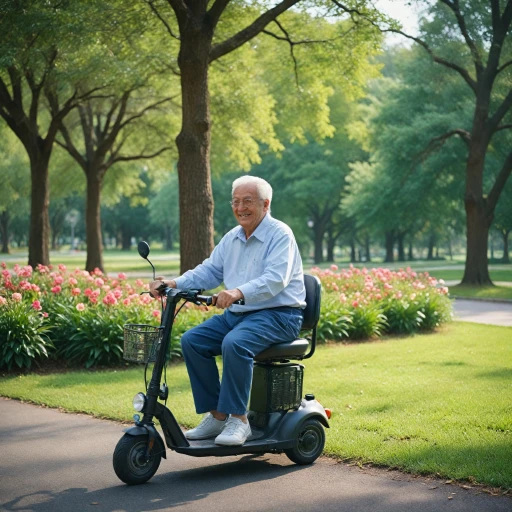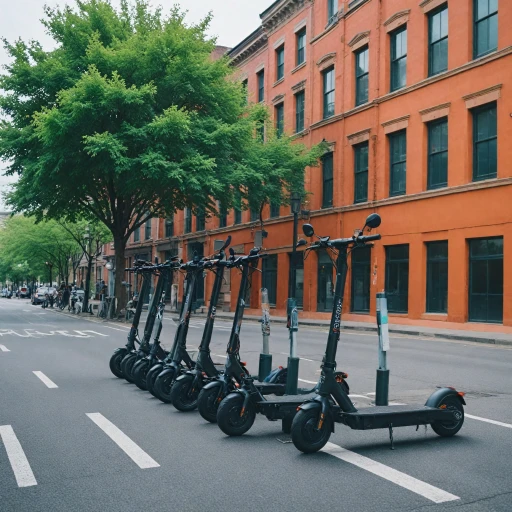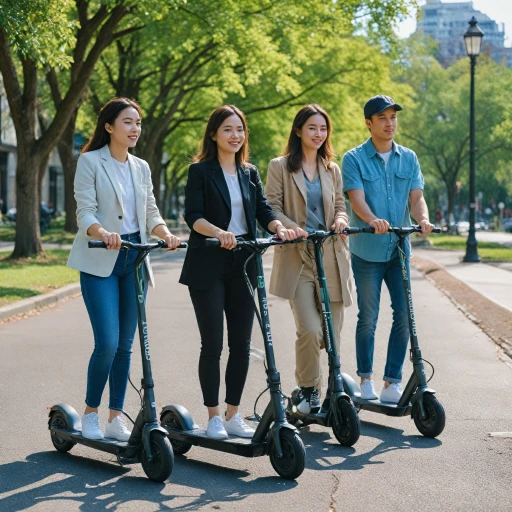
What is an Electric Cycle Controller?
Decoding the Heart of Electric Scooters
An electric cycle controller is central to the efficient functioning of electric scooters, serving as the device that manages the interactions between key components – the motor, battery, and throttle. This crucial part influences how power is distributed, how the scooter reacts to a rider’s input, and essentially, how you experience your ride.
Think of it as the brain of your electric bike system. It interprets the signals from your throttle pedal or any pedal assist mechanism, ensuring the correct amount of power is sent to the motor. This is why having a well-functioning controller is crucial when traversing different terrains, whether cruising on fat tire or slim tire electric bikes.
Understanding the role of the electric cycle controller can offer insights into selecting the right model for your bike. The variety in controllers, such as those for ebikes, might affect not just the performance, but also the overall price of the electric bike. You’ll find that opting for the right controller might be the difference between an enjoyable ride and a frustrating one."
The market today offers a broad spectrum of controllers including the brushless motor options that are becoming more popular for their efficient performance. When buying or troubleshooting your ebike controller, consider details such as your bike’s motor power and how you can optimize its performance.
For more insights on what makes an electric scooter tick, you might explore beyond the cycle controller to understand the whole system. Learn about other components by reading here.
How Electric Cycle Controllers Work
Delving into Scooter Controller Operations
Understanding how electric cycle controllers work is crucial for anyone involved with electric scooters, be it builders, shop owners, or riders. Simply put, these controllers act as the brain of your scooter, interfacing between the battery, motor (often a brushless motor), and throttle pedal to convert electric energy into motion. The controller’s primary role is to manage and regulate the power flow from the battery to the motor. It controls the amount of current flowing and hence, the motor speed and torque. Operating much like a speed regulator, it adjusts the power output based on the rider's throttle input. Functions of the electric cycle controller include:- Throttle Response: When the rider engages the throttle, the controller dictates how much power the motor receives.
- Battery Management: It protects the battery from overload and manages the discharging process, which prolongs battery life.
- Pedal Assist Compatibility: For ebikes or electric bikes, controllers often integrate pedal assist options for a seamless riding experience.
- Display and Expandability Options: Many advanced controllers connect with a display to show speed, battery levels, and other vitals, offering the potential to expand with additional parts or features.
Importance of Electric Cycle Controllers in Scooter Performance
The Impact of Controllers on Scooter Efficiency
The electric cycle controller in scooters is not just a mere component; it plays a pivotal role in how efficiently your scooter operates. The controller acts as the brain of the scooter, managing the power output from the battery to the motor. This precision control helps ensure that the electric scooter maintains optimal performance across various riding conditions.
Controllers are responsible for regulating the throttle pedal input, allowing riders to smoothly accelerate or decelerate without jerky movements. This makes the ride not only enjoyable but also safe. They also manage pedal assist systems in ebikes, enhancing the rider's experience by making it easier to pedal, especially when tackling inclines.
In addition, electric cycle controllers influence the overall power efficiency of the scooter. By smartly managing the energy flow, they maximize the ride's range, which is especially important for electric bikes with fat tires, known for higher energy consumption. Controllers ensure that the power drawn from the battery doesn't exceed what the motor can handle, preventing overheating and extending the component lifespan.
If you're putting together a plan to invest in electric scooters, remember that choosing the right controller based on your scooter's specifications will maximize both performance and longevity. As you consider purchase options, whether you're looking for a bike controller at a sale price or a high-end model with free shipping, ensure that it complements your scooter's power requirements and offers reliability.
Choosing a quality controller is crucial, so be sure to shop around for the best option for your needs. For further insights on the vital components that contribute to the efficiency and performance of electric scooters, explore these comprehensive resources.
Common Issues with Electric Cycle Controllers
Potential Troubles with the Cycle's Heart
Electric scooter users sometimes face common issues with the electric cycle controllers that affect their ride. The controller serves as the brain of the scooter, relaying signals to the motor and battery. Here are some known problems and their impacts:- Overheating: As the controller manages the flow of power between the battery and the motor, excessive demand may lead to overheating. This can affect the scooter's performance, causing it to shut down unexpectedly or reduce the power output.
- Connection Problems: Loose or corroded connections between the controller, motor, and battery might result in erratic operation. This is one of the most frequently encountered issues, leading to an unreliable ride experience.
- Software Glitches: Some controllers come with programmable settings. Incorrect programming or software malfunctions can disrupt signals to the motor, affecting throttle response and overall output.
- Component Wear and Tear: Over time, internal parts of the controller may deteriorate due to regular usage, leading to inefficient energy transfer and diminished responsiveness.
Choosing the Right Electric Cycle Controller
Key Considerations for Selecting Your Controller
When selecting a controller for your electric scooter, several important factors can greatly influence the overall performance and efficiency of your ride. The compatibility between the controller and the other components, such as the motor, battery, and throttle, is crucial to ensure a seamless integration.- Compatibility with Motor and Battery: Ensuring that your controller is compatible with your scooter's motor and battery is vital. The controller must match the power requirements of the motor and the voltage specifications of the battery to facilitate optimal performance. When shopping, make note of the motor's wattage and the battery's voltage.
- Power and Throttle Options: Controllers come with varied power options, offering different levels of control over the scooter's speed and acceleration. Opt for a bike controller that supports your preferred throttle pedal interactions, whether it’s a gradual build-up or a quick burst of speed, for an enhanced riding experience.
- Pricing and Shipping Considerations: It is essential to evaluate the price of the controller in conjunction with the capability it offers. Although you might be tempted by lower sale prices, consider investing in a reliable product for longevity. Don’t forget to factor in potential shipping costs, as some shops offer free shipping which can be a cost-efficient option.
- Additional Features: Some controllers feature display panels for real-time monitoring of your scooter’s performance, offering feedback on speed, battery level, and other parameters. Such features can be beneficial for routine checks and maintenance.
- Reviews and Recommendations: Reading reviews and exploring forums with replies and views from other electric scooter enthusiasts will provide you with insights into the real-world performance and common issues of controllers. This community feedback can guide you to make an informed decision.
